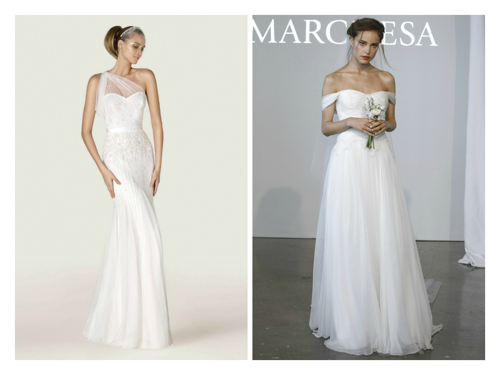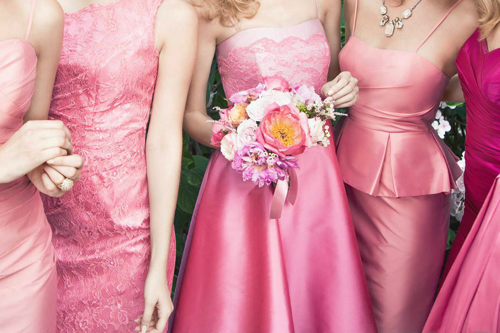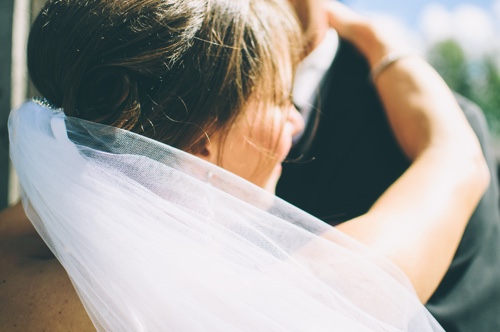Whether you are having a traditional or untraditional wedding, chances are some tradition will sneak its way in. Here are just a few elements common to weddings and where they come from in history.
The Date

If you have picked a wedding date in the month of June, a very popular time to get married, it falls back to Roman tradition. The name of the month of June comes from the Roman goddess Juno, goddess protecting women, particularly through marriage and childbirth.
The Cake

Again, going back to Roman times, it was customary to break bread over the heads of the bride and groom, sprinkling them with crumbs for luck and fertility. Guests would scoop up and eat crumbs from the floor. Bread gradually evolved into pie and then cake, the earliest known wedding cake being a flat, sweet pastry filled with currents called the Banbury Cake. In medieval England cakes were stacked as high as possible for the couple to kiss over, a successful kiss that didn’t knock them down would mean prosperity for the couple.
The Rings

Chances are if you are engaged, you are wearing your ring on your third finger on your left hand. This again falls back to the Romans, they believed that there was a vein that ran all the way from this finger to the heart, the Vena Amoris. The exchanging of the rings can be seen all the way back to the Egyptians, the hole in the ring was seen as a door and the circle as eternity. By placing a ring on each others finger you are entering into eternal love.
The White Dress

Until 1840, women wore the best dress that they owned on their wedding day. When Queen Victoria was married to Prince Albert in 1840 she wore a white court dress and started a trend that has developed into a global industry.
Matching Bridesmaids Dresses and Suits for Groomsmen

Originally bridesmaids were to dress like the bride and groomsmen like the groom, to confuse evil spirits that might curse the bride and groom. The Romans believed if the evil spirits were confused they couldn’t bring harm to the couple.
The Veil

Similarly, the veil was worn as protection from witches and demons that wanted to curse the bride. Both the Romans and the Greeks would swaddled the bride in a flame colored veil to create the illusion that she was on fire to deter any evil.
Many of the traditions above are now simply symbolic elements of this rite of passage. If you are going to try to be different with your wedding, try starting your own tradition, maybe you’ll have something that catches on the way Queen Victoria did.
